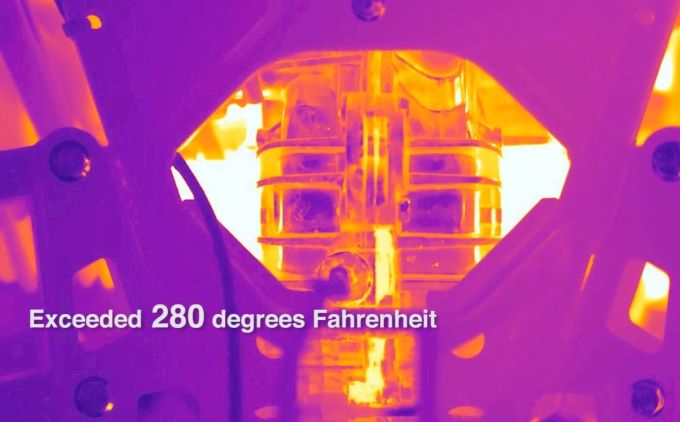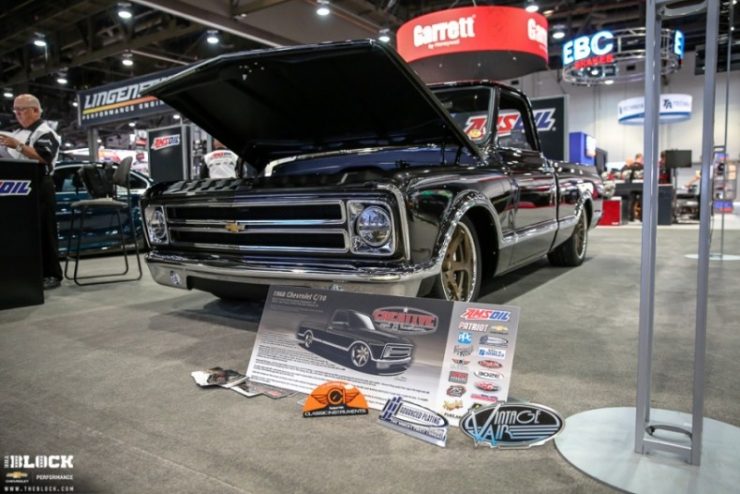Diesel Fuel dilution A Problem to Watch
Motor oil quality plays a big role in wear protection.
Matt Erickson | TECHNICAL MANAGER – PCLT PRODUCTS AND MECHANICAL R&D
Years ago, after dirtying your hands working on the car or painting, it was common to clean-up using gasoline. Its excellent solvency properties make gasoline great for removing gunk some soaps can’t handle.
Today, most people frown upon dumping gasoline all over one’s bare skin and onto the ground behind the garage. However, it doesn’t change the fact that gasoline – and diesel fuel – are great solvents.
Their solvency isn’t so great when gas or diesel fuel infiltrates your engine’s crankcase and contaminates the motor oil, a phenomenon known as fuel dilution. In a perfect world, we prefer no fuel mixes with the motor oil. But life has a way of interfering with perfection. With that in mind, a cautionary limit of up to 2.4 percent fuel dilution in gas engines and 3.4 percent in diesel engines may be acceptable, provided viscosity has not significantly changed. Fuel dilution that` surpasses these guidelines requires attention.
A number of factors can cause fuel dilution, including the following:
- Leaking fuel injectors
- Excessive idle time
- Incomplete combustion
- Low engine temperatures
- Frequent short-trip driving
- Worn piston rings/excessive blow-by
Some applications are especially prone to fuel dilution given their operating conditions. Police fleets, fire trucks and other emergency vehicles are great examples. Common conditions include periods of idling punctuated by short bursts of driving. Delivery trucks, too, can suffer from fuel dilution given the constant stop-and-go conditions that prevent the oil from warming enough to evaporate any accumulated fuel.
Gasoline direct injection (GDI) can be another cause of fuel dilution. GDI technology locates the fuel injectors directly in the cylinder as opposed to the manifold. This arrangement allows for greater control over the injection event, allowing engineers to fine-tune engines for greater efficiency and power. The added efficiency is the reason GDI is expected to be a staple of most new vehicles built going on from here.
One side-effect, however, is fuel dilution. As fuel is sprayed into the combustion chamber, it can wash past the rings and down the cylinder walls, into the oil sump.
However it occurs, fuel dilution can cause a number of problems.
- Reduced oil viscosity interferes with formation of a durable lubricating film, inviting wear. Combustion-zone parts are especially prone to wear, including the piston, rings and liner. Reduced viscosity also negatively affects the oil’s ability to function as a hydraulic fluid, which is critical in engines with variable valve timing.
- Fuel can wash oil from the cylinder wall, causing higher rates of ring, piston and cylinder wear.
- Reduced effectiveness of detergency additives limits the oil’s ability to guard against deposits.
- Increased oil volatility results in higher oil consumption, requiring more frequent top-offs.
- Accelerated oxidation reduces the oil’s service life and requires more frequent oil changes.
How can you best serve your customers dealing with fuel-dilution issues?
First, ensure there’s really a problem. Although it’s sometimes possible to smell fuel in a motor oil sample, oil analysis is the most accurate method of determining the severity of fuel dilution. Visit www.oaitesting.com to see the options available through Oil Analyzers Inc. If the oil analysis report reveals abnormal fuel dilution, the next step is to determine the cause.
Listen, there’s an old adage when troubleshooting: start with the easiest and least expensive fix. In this case recommend a fuel-system cleaner, such as P.i.® Performance Improver (API) or Diesel Injector Clean (ADF). Sometimes a piece of debris can lodge in an injector tip and prevent it from closing, allowing fuel to trickle into the cylinder and wash into the crankcase. A treatment of fuel-system cleaner may be all that’s required to solve the problem. If that doesn’t work, it’s likely time to visit a mechanic.
Sometimes, driving conditions are to blame for fuel dilution, and there isn’t much your customers can do except change how they drive, including reducing their idling.
They can, however, use a high-quality synthetic motor oil to guard against accelerated wear. Although oil film thickness is related to viscosity – and excessive fuel dilution reduces viscosity regardless of oil quality – film quality strength is a function of base oil and additive quality. AMSOIL synthetic motor oils use top-grade base oils and additives to help protect components from wear.
Finally, make sure your customers change oil according to the proper recommendations. Vehicles prone to fuel dilution typically operate under severe service. For maximum protection, they should use AMSOIL Signature Series Synthetic Motor Oil, which features extra protection for added peace of mind.






